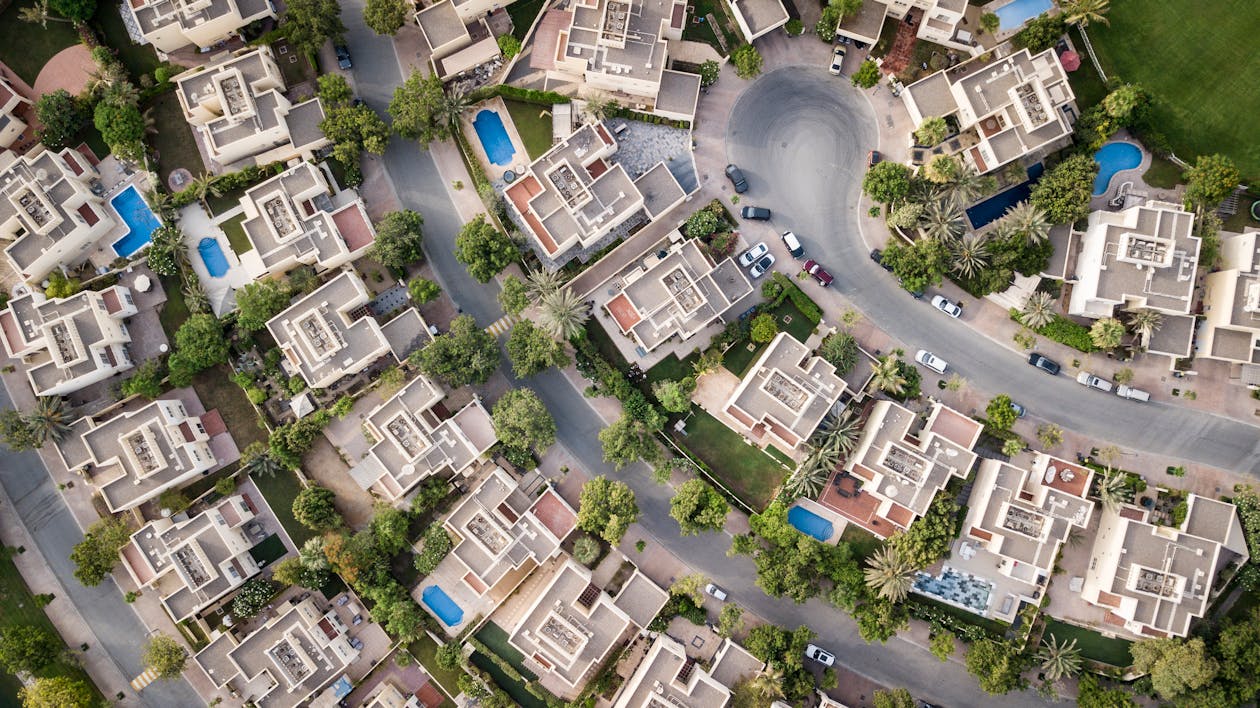Mortgage Rates Are Unlikely To Stay Where They Are

Image Source: Pexels
The New York Times did a classic the economy is awful story by highlighting the fact that 1.3 million homeowners might not be moving because of the large gap between current mortgage rates and the rate they would have to pay on a new mortgage. While this is clearly a problem, the flip side is that millions of people were able to refinance their mortgages at extraordinarily low rate from the start of the pandemic in March of 2020 until the Fed began raising rates in March of 2022.
According to the New York Fed, more than 14 million homeowners refinanced their homes in this period. This is saving these families thousands of dollars a year in interest payments. Perhaps I missed it, but I don’t recall seeing any pieces on how these homeowners are much better off today as a result of these savings. These savings are not picked up in our standard measures of income. Also, according to advanced economic theory, 14 million is a larger number than 1.3 million.
The piece also hugely exaggerated the likely duration of this sort of lock-in storytelling readers:
“But today’s challenge may be more lasting. That’s because 30-year mortgage rates get locked in for, well, 30 years, and because rates below 3 percent are unlikely to be seen again anytime soon.”
The piece puts the current gap between the market rate for new mortgages and the rates on existing mortgages at 3.2 percent, with current mortgage rates around 6.7 percent. Part of the recent rise in mortgage rates is due to a run-up in interest rates on long-term Treasury bonds. The 10-year rate now stands close to 4.4 percent, as opposed to a bit less than 3.0 percent before the pandemic.
However, part of the run-up stems from an unusually large gap between mortgage rates and the interest rate on Treasury bonds. Usually this is around 1.75 percentage points. It currently is around 2.3 percentage points.
We are likely to see improvements on both fronts in the near future. The Fed is likely to lower interest rates at some point this year and Treasury yields will fall in anticipation of rate cuts. (The Treasury rate had been under 3.8 percent as recently as December.)
It is not entirely clear why the gap between mortgage rates and Treasury rates has widened so much, but it is reasonable to think that it will not persist indefinitely. If we see Treasury rates fall under 4.0 percent and the gap between mortgage rates and Treasury rates return to something like its long-term average, then it is very plausible that we will mortgage rates below 6.0 percent in the not distant future.
That will still be higher than the 3.0 percent rate that many homeowners were able to lock in during the pandemic but would mean a considerably smaller gap than we now see. In any case, it is highly unlikely that anything like the current gap will persist for thirty years or anything close to it.
More By This Author:
Profits Are Still Rising, Why Is The Fed Worried About Wage Growth?
Maybe Wages Being Up 21 Percent Has Something To Do With Prices Not Going Back Down
Inflation And Auto Insurance



